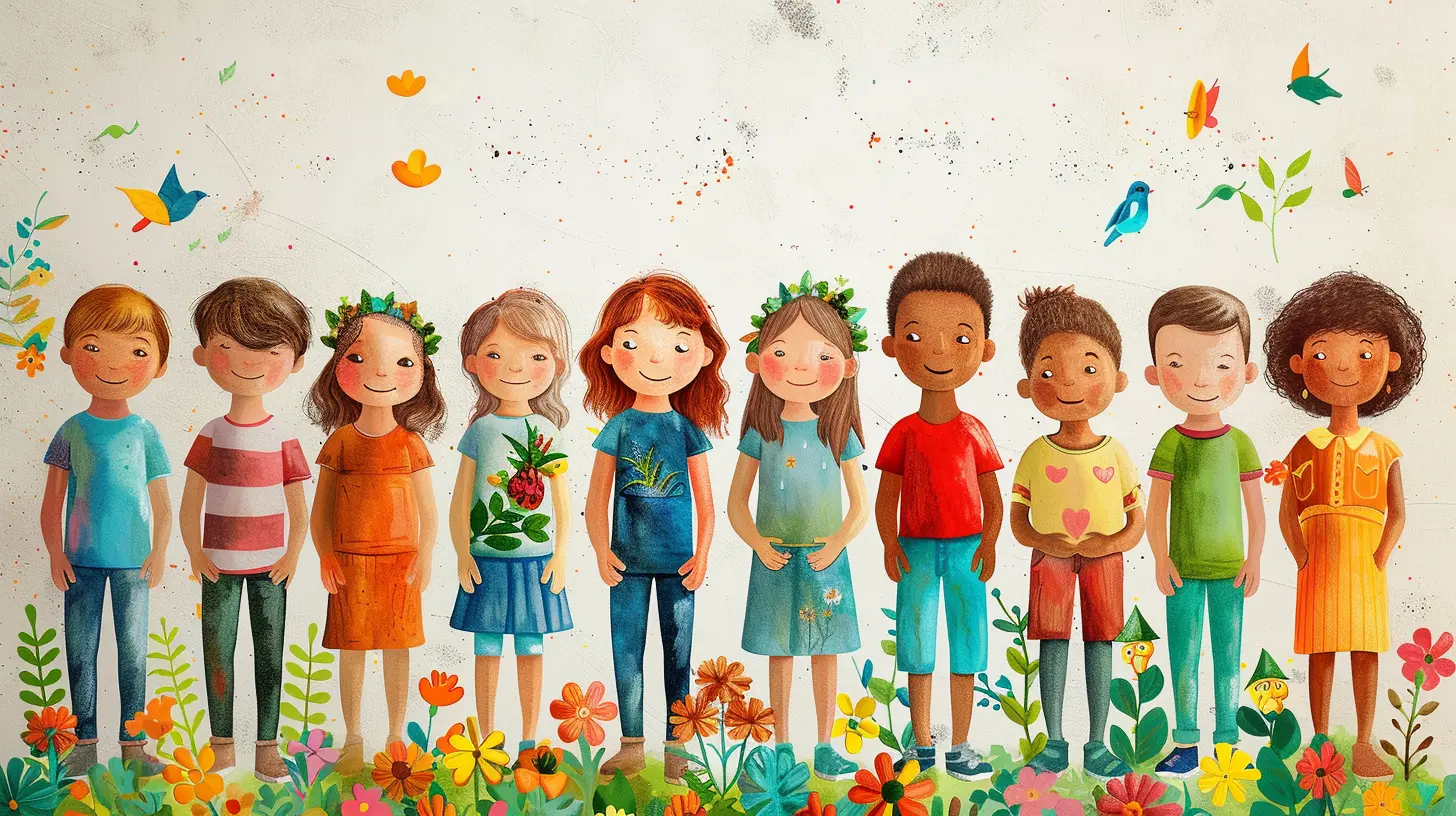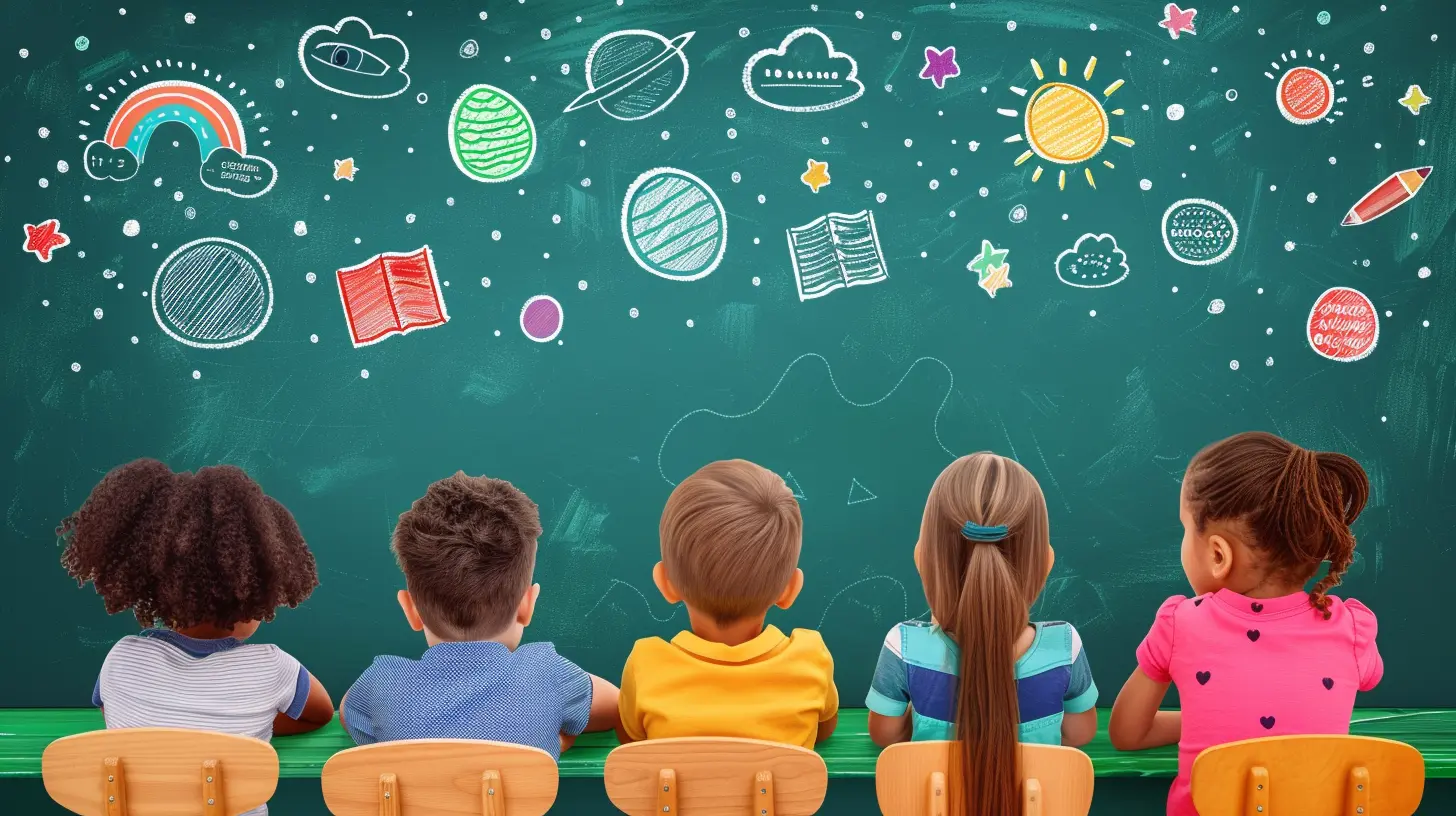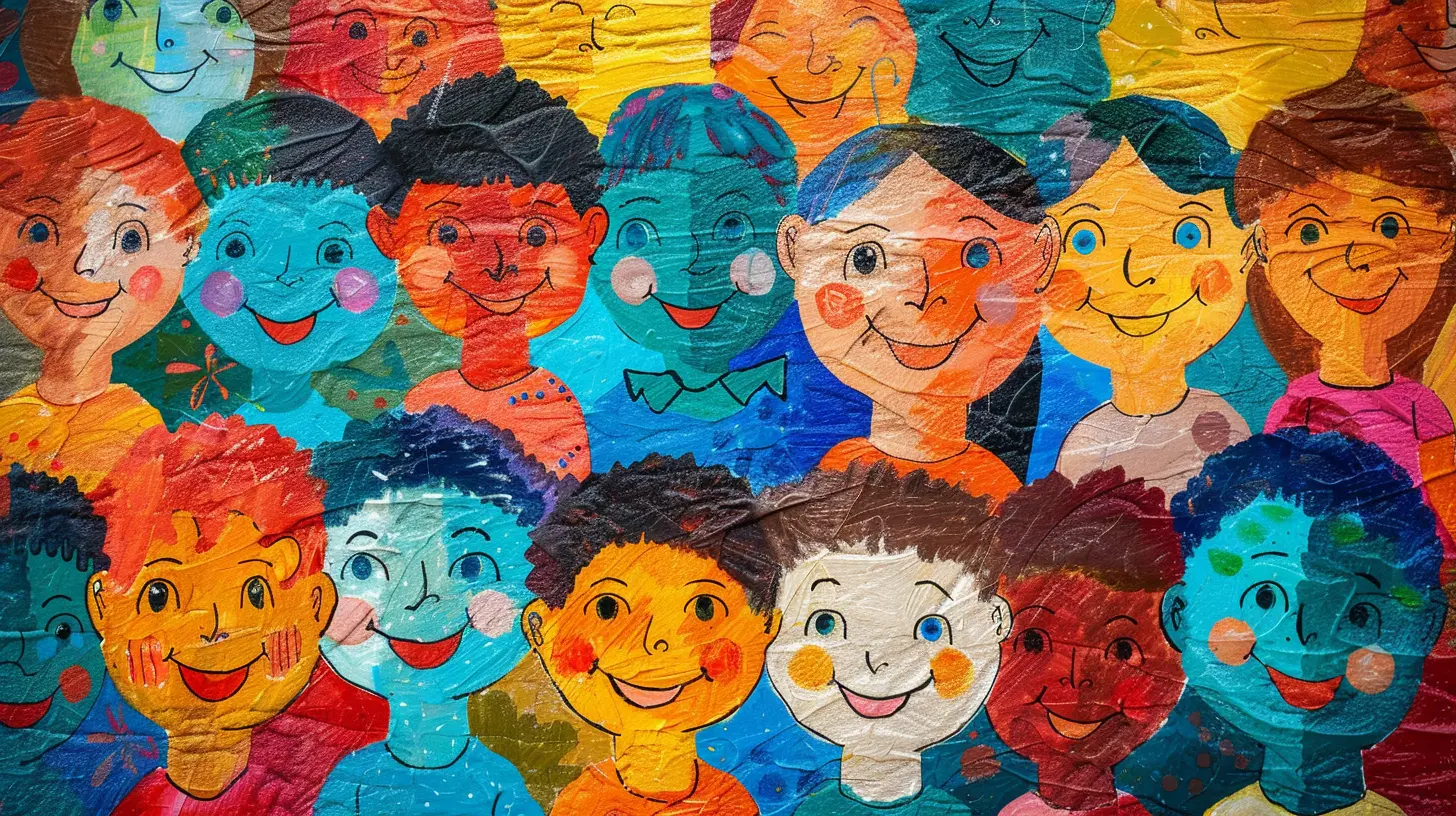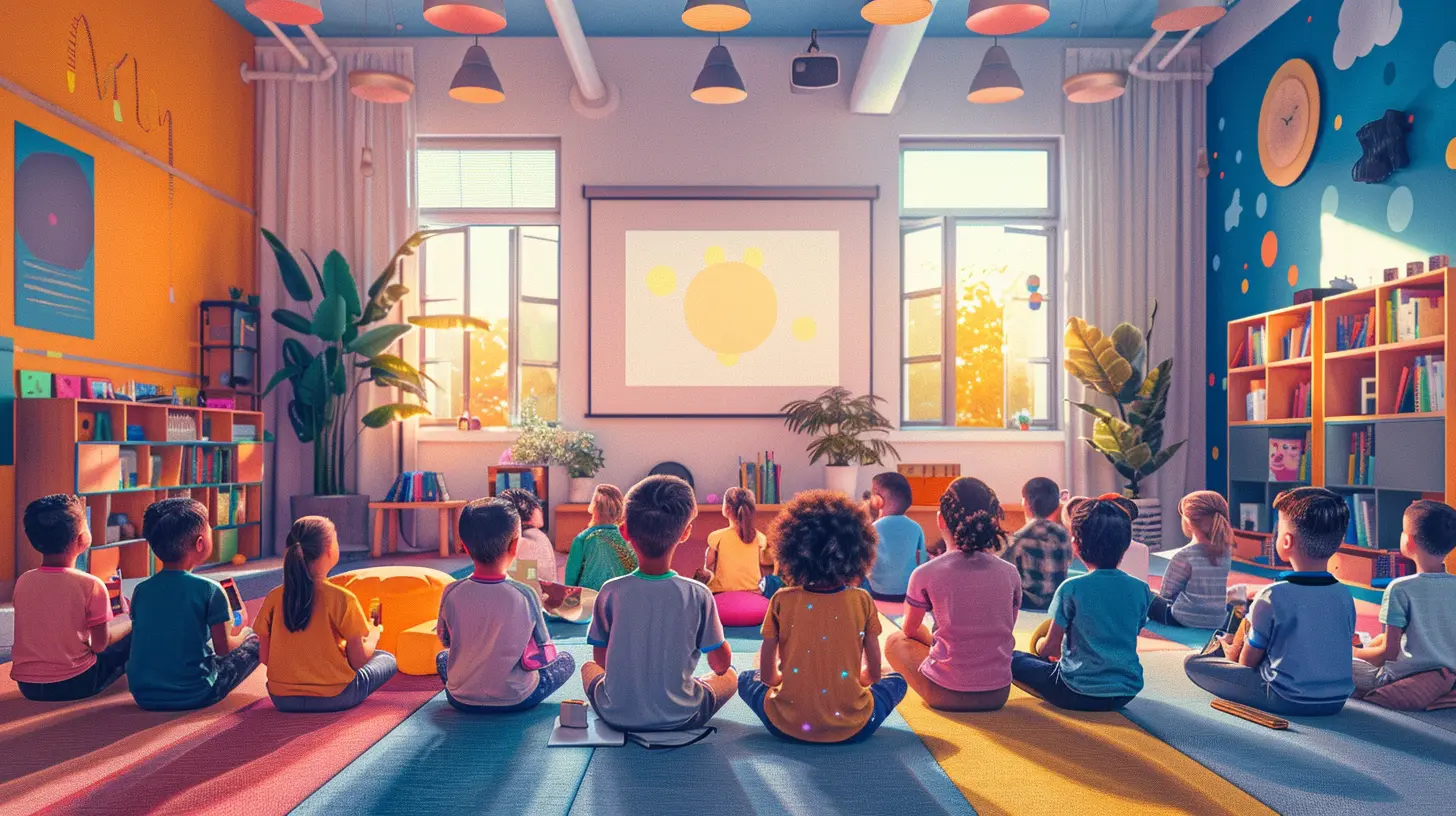Creating Safe Spaces for Cultural Expression in Classrooms
4 June 2025
Culture is an essential part of who we are. It shapes our beliefs, traditions, languages, and even the way we interact with others. In a world that’s becoming more diverse every day, creating safe spaces for cultural expression in classrooms is not just important—it’s necessary. But what does that really look like? And how can educators foster an environment where all students feel seen, heard, and valued?
Let’s dive into the significance of cultural expression in education and explore ways to make classrooms a true melting pot of respect, inclusivity, and learning.

Why Cultural Expression Matters in Classrooms
Imagine walking into a classroom where no one understands or acknowledges your background. Would you feel comfortable sharing your thoughts? Would you feel motivated to learn? Probably not.Cultural expression in the classroom is about more than just celebrating holidays or acknowledging different languages. It’s about giving students the confidence to embrace who they are while learning about others. When students feel their cultural identity is respected, they’re more likely to engage fully, perform better academically, and develop empathy for those around them.
The Impact of Cultural Inclusion on Student Success
Studies show that inclusive classrooms lead to:- Higher student engagement – When students see themselves represented in what they’re learning, they participate more actively.
- Better academic performance – A sense of belonging contributes to better focus and motivation.
- Increased empathy and understanding – Exposure to diverse perspectives reduces prejudice and fosters social harmony.
In short, fostering cultural expression in classrooms helps students grow academically, socially, and emotionally. So, how can we make sure this happens?

Strategies to Create Safe Spaces for Cultural Expression
Now that we understand why cultural expression matters, let’s explore practical ways to make classrooms inclusive and welcoming.1. Foster an Open and Respectful Classroom Culture
A safe space starts with respect. As an educator, it’s crucial to set the tone by encouraging students to appreciate differences instead of fearing them.- Establish ground rules for discussions that emphasize kindness and open-mindedness.
- Encourage students to ask questions without fear of being judged.
- Model respectful communication by using inclusive language and acknowledging different perspectives.
A classroom where students openly discuss their cultures without fear of discrimination is one where real learning takes place.
2. Incorporate Diverse Perspectives in the Curriculum
Representation matters! If students never see their culture reflected in lessons, they may feel invisible. Integrating diverse voices into the curriculum can make a world of difference.- Literature and history – Include books and historical accounts from a variety of cultural backgrounds.
- Science and math – Highlight contributions from diverse scientists, mathematicians, and inventors.
- Current events – Discuss global issues from multiple viewpoints to give students a broader understanding of the world.
By weaving diversity into everyday lessons, educators send a powerful message: Every culture is valuable, and every student’s background matters.
3. Encourage Students to Share Their Cultural Backgrounds
Students thrive in an environment where their identities are not just accepted but celebrated. Helping them share their heritage fosters mutual respect and curiosity.- Cultural show-and-tell – Let students bring an item or share a tradition from their culture.
- Storytelling – Have students write or talk about their family history.
- Classroom cultural days – Organize events where students can present aspects of their cultural identity in a fun, interactive way.
When students are given a platform to showcase their cultural identities, they feel empowered and connected.
4. Address and Prevent Cultural Bias and Stereotypes
Unfortunately, stereotypes and biases can sometimes creep into classrooms, whether intentional or not. A key responsibility of educators is to recognize and challenge these issues.- Educate students about common stereotypes and why they’re harmful.
- Create activities that debunk cultural myths and promote accurate knowledge.
- Be proactive in addressing microaggressions and teaching students to use inclusive language.
By tackling these issues head-on, educators can create an environment where all students feel respected and valued.
5. Use Inclusive Teaching Practices
Every student learns differently, and cultural backgrounds can influence learning styles. Adapting teaching methods to accommodate different needs ensures that no one is left behind.- Collaborative learning – Group activities that mix students of different backgrounds encourage teamwork and understanding.
- Multimodal instruction – Combining visuals, storytelling, and hands-on activities makes learning engaging for all.
- Flexible assessments – Allow students to express knowledge through different formats, such as presentations, essays, or art.
The goal is to create a learning space where every student, regardless of background, finds a way to connect with the material.
6. Celebrate Diversity Through Events and Activities
Special events can make cultural expression more visible and exciting in classrooms. While everyday inclusivity is crucial, designated celebrations add a layer of fun and engagement.- Multicultural fairs – Students can showcase their traditions through food, music, and dance.
- Guest speakers – Invite community members from diverse backgrounds to share their experiences.
- Global pen pals – Connect students with peers from different parts of the world to exchange cultural insights.
These activities help students see diversity as something to be embraced rather than feared.
7. Provide Professional Development for Teachers
Teachers play a pivotal role in shaping a culturally inclusive environment, but they can’t do it without the right tools. Schools must invest in professional development that equips educators with the knowledge and strategies to support cultural diversity.- Offer training on cultural competence and bias awareness.
- Provide resources on inclusive teaching strategies.
- Encourage collaborative discussions among teachers on best practices.
When educators are equipped with an understanding of cultural inclusivity, they can create classrooms that truly welcome every student.

Overcoming Challenges in Creating Safe Cultural Spaces
Of course, change isn’t always easy. Some common challenges include:- Resistance from parents or administration – Not everyone immediately understands the importance of cultural inclusivity. Open discussions and clear explanations can help address concerns.
- Limited resources – Schools may lack diverse materials, but educators can seek out affordable or free digital resources to supplement existing curricula.
- Unconscious bias – Even well-meaning teachers can have internal biases. Regular reflection and training can help educators recognize and address them.
The key is persistence. Creating safe spaces for cultural expression takes time, but the rewards—a more inclusive, understanding, and engaged learning environment—are well worth it.

Conclusion
A truly inclusive classroom is one where every student feels safe expressing their cultural background without fear of judgment. By fostering respect, integrating diverse perspectives, encouraging student participation, and addressing biases, educators can create an environment that values every learner.Cultural diversity isn’t just something to acknowledge during special events—it should be woven into the very fabric of education. When students feel empowered to share who they are, they not only learn better but also contribute to a more tolerant and connected world. After all, classrooms are not just places of learning; they are the foundations for the future.
all images in this post were generated using AI tools
Category:
Cultural AwarenessAuthor:

Olivia Chapman
Discussion
rate this article
3 comments
Zealot Mendez
Empowering students through safe spaces ignites creativity and fosters cultural understanding. Let's cultivate classrooms where every voice is celebrated and every culture shines!
June 19, 2025 at 11:03 AM

Olivia Chapman
Thank you for your insightful comment! I completely agree—safe spaces are essential for nurturing creativity and promoting cultural understanding in our classrooms.
Dana Lane
Creating safe spaces for cultural expression in classrooms is like planting a garden of ideas! 🌼 When students feel free to share their unique backgrounds and experiences, the classroom blooms with creativity, understanding, and joy. Let’s nurture these vibrant cultures and watch our educational garden thrive! 🌍✨
June 13, 2025 at 2:21 AM

Olivia Chapman
Absolutely! When we cultivate safe spaces for cultural expression, we foster creativity and understanding, enriching the educational experience for all. Let’s continue to nurture this garden of ideas! 🌱✨
Monica McGinnis
Creating safe spaces for cultural expression in classrooms is essential for fostering inclusivity and respect. Every student deserves to share their identity without fear of judgment. Let's commit to cultivating environments where diverse voices thrive, enhancing creativity and empathy among all learners.
June 10, 2025 at 11:49 AM

Olivia Chapman
Thank you for highlighting the importance of safe spaces! Cultivating environments that embrace diverse voices is vital for fostering inclusivity and enriching the learning experience for everyone.



